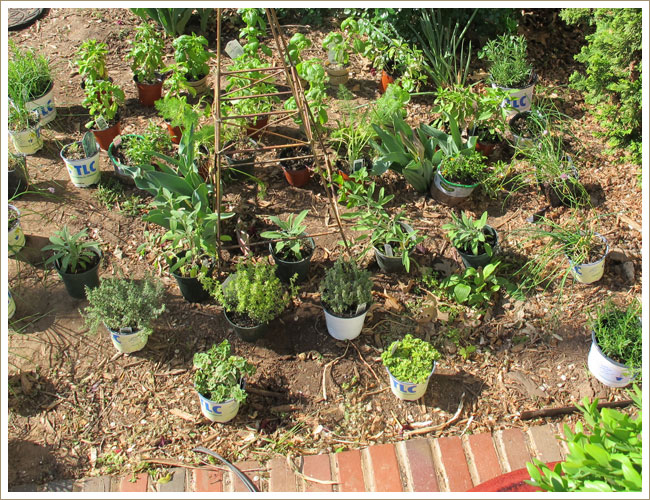
Whether you’re on an acreage with lots of spots for sticking plants, have a small yard where pots are your only option, or you are confined to an apartment where you’re lucky to have a window — discover the joys of becoming an herb farmer. Small pots of herbs ready to plant cost anywhere from $1.25 to $5.00 apiece, depending upon where you shop. Seeds may be even cheaper and work just as well, unless you are a little impatient, as I am. The plants can be beautiful and you can even use them as filler in floral arrangements. It is such a thrill to be able to dash out and grab a handful when you want them!
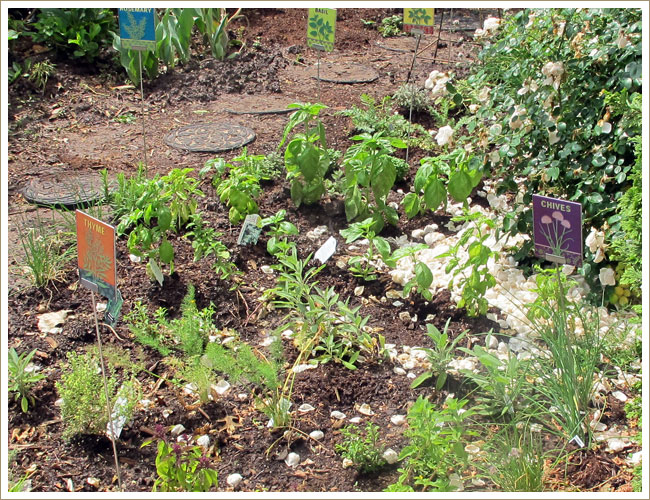
Talk to your local garden center about which herbs thrive in your area (if you’re planting outdoors. If you are planning a windowsill garden, ask which plants will do well facing the direction your window is facing.) I choose ones that I like to use in recipes (you can’t imagine how much basil and parsley I go through), as well as ones that will serve as great garnishes. Michael kicked me out of his vegetable garden beds, as my parsley was beginning to take over. I love the fact that it can be picked all year long — even in the snow! The rest of the herb garden is planted in a cutting garden right out front of the house, hidden from the street by a wrought iron fence and a bunch of roses and bushes. The key is that it’s just outside the door, so it’s easy to dash out and pick a thing or two. The first step is to lay it out, arranging the pots in the spots you think you would like the plants to be.
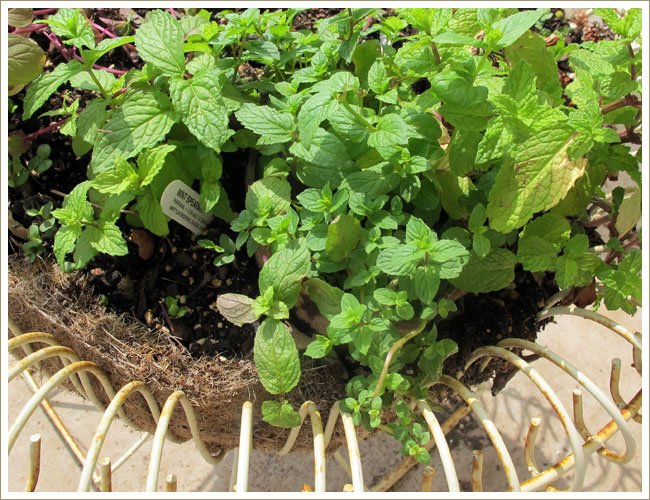
We got most of it planted, but haven’t mulched yet. Mulching is important because it helps the soil retain moisture. Until this weekend arrives, the only mulch is the bed of rose petals falling from the climbing rose nearby. I found these colorful signs at a garden shop and couldn’t resist them, but you’ll note that I have the small plastic markers that came with the plants so I can keep track of what is where. Generally, I like to group like plants together — all the basil together, all the thyme in one place. I bordered the herb garden with the short stuff (the chives on the sides, the thyme in front) and put rosemary in each corner. The plastic markers also help me keep track of the different varieties of a particular herb. I have six different kinds of basil alone! I’m also growing parsley in the vegetable garden (both ruffled and flat leaf), four kinds of sage, caraway, three types of thyme, oregano, rosemary, tarragon, and various types of mint.

Speaking of mint, if you have a black thumb and really don’t think you can grow anything, mint will prove you wrong. It is hearty, which is good, but it can also be invasive. I tend to like to plant it in big pots, so it can’t achieve garden domination. Spearmint and peppermint are my basics, but I also have grown everything from orange mint to chocolate mint. I use several cupfuls each week just in garnishes alone!
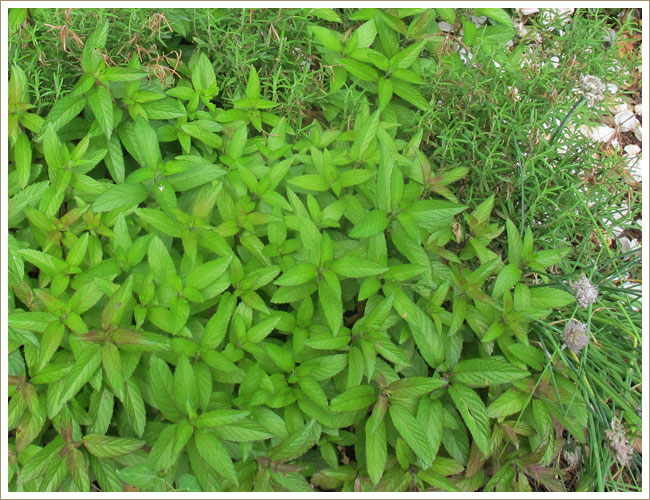
I’ll post more pictures once I’ve mulched and we’ve transplanted some of the parsley over and the plants have had a little more time to grow. We had a gully washer (big rain storm, for those of you who don’t speak southern) yesterday, so it’s muddy as heck out there!
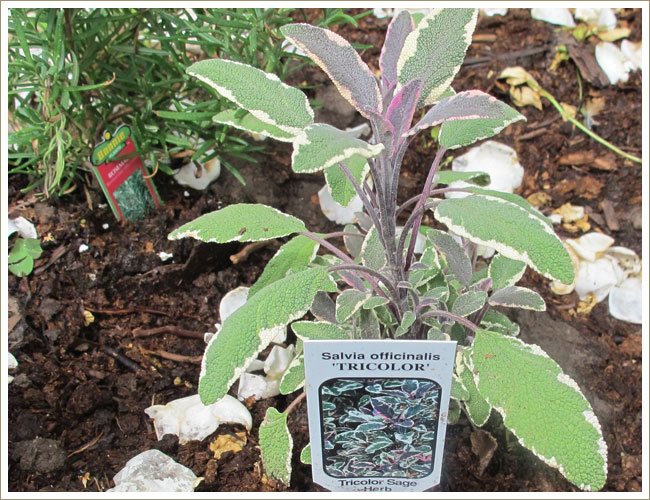
Some herbs are perennials. This is a stand of mint, rosemary and chives that I stuck in the ground quickly last year when I didn’t really have time to plant. They endured our awful winter and emerged healthy and beautiful this spring. Now it’s time to pare them down and neaten them up a bit. Do your part to make the planet (and your table) a little prettier and greener. Put on your gardening gloves and get to it!


Leave a Reply